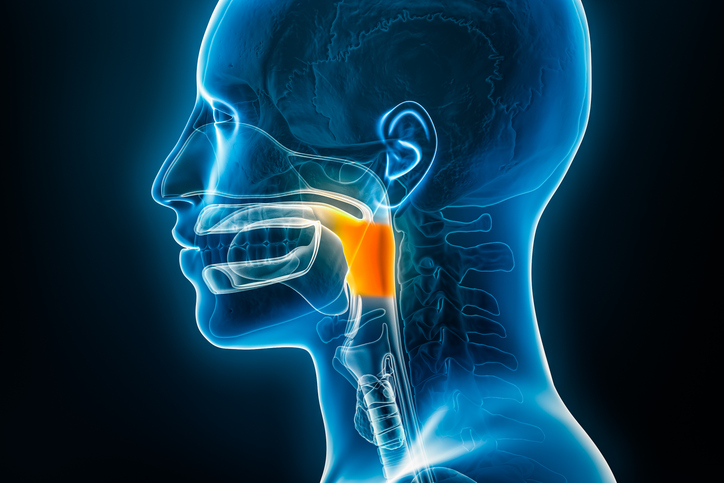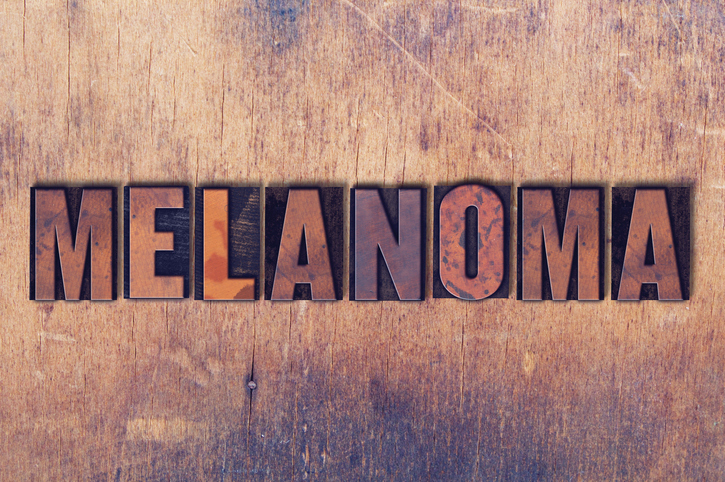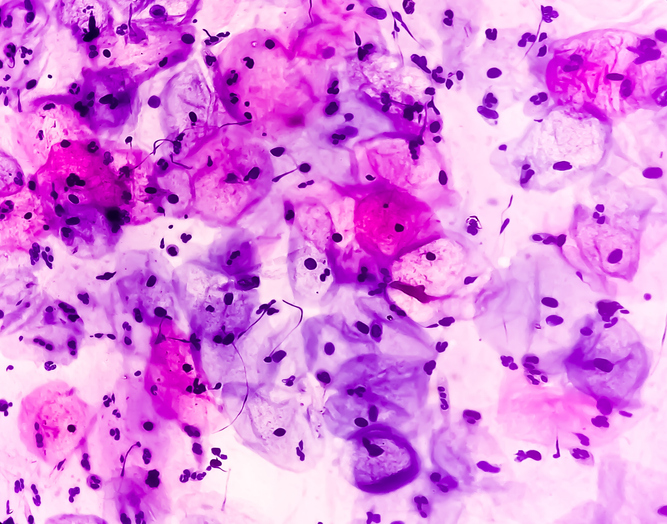How a Patient's Genetic Landscape Impacts Multiple Myeloma Treatment Selection, with Dr. Raje
By Rebecca Araujo - Last Updated: April 28, 2023DocWire News spoke with Noopur Raje, MD, Director of the Center for Multiple Myeloma and Professor of Medicine at Harvard Medical School, about how the genomics impacts treatment options and selection in patients with multiple myeloma.
This is the third of a three-part conversation about multiple myeloma with Dr. Raje. In part one, she discusses diagnosis and management of concomitant bone disease, and in part two, she explains how to address renal toxicity in this patient population.
Interview Transcript
DocWire: How do genomic translocations and mutations impact treatment multiple myeloma treatment selection?
Dr. Raje: So, you know, when you think about genetics of myeloma, we really focus initially…we’re going to talk about mutations a little bit. I’ll talk about the genetic features, which is generally the translocations. Those translocations are available or present from the get-go. And if you don’t have a certain translocation and you pick it up later on, it may just be that you did not have enough cells with those translocations. And the typical translocations that we look for on Fluorescent In Situ Hybridization (FISH) techniques is you look for…most of the translocations happen around chromosome 14. You have the 11;14 translocation, the 4;14, 14;16, and the 14;20. These are sort of the translocations. And the reason it’s around chromosome 14 [is] that’s where the switch happens—the immunoglobulin switch region—and that’s where most of these translocations are focused.
Now we have drugs which can impact outcomes in patients with myeloma-specific translocations. So the 11;14 translocation, for example, is associated with cyclin D overexpression. And we are beginning to appreciate that drugs like venetoclax, when combined with bortezomib, actually do extremely well in patients who have the 11;14 translocation because this group of patients tends to be more BCL2-dependent—venetoclax is a BCL2-inhibitor. And that’s why understanding the genetics of a patient’s myeloma is really important.
Some of the others that I’ve mentioned, the 4;14, 14;16, 14;20 are considered high-risk. We have another deletion, 17P, or the 17P or the P53 mutation, which tends to cause or confer a poor prognosis for patients or a higher risk prognosis for patients with myeloma. Why is it important to understand this? Well, over the last few years, we realized that if these patients are treated with a proteasome inhibitor like bortezomib or carfilzomib, you can overcome some of the negative prognostic factors of these genetic abnormalities. So it’s really important to understand this at the outset. The other important thing I will say is even at the time of relapse it is important to look for translocations. You may have missed them at the time of diagnosis. Certainly, mutations are something which are picked up along the way, so you may not have a P53 mutation at the get-go but you might acquire it over time.
And more than the P53 mutation, when it comes to mutations, you’re looking at other mutations. And the other mutations which are quite common in the context of myeloma include mutations like a BRAF mutation. It occurs in about six or seven percent of people. And then there others such as the NRAS and the KRAs mutations—some of our solid tumor oncologists are quite used to these mutations. And in the context of myeloma, it sort of sits between malignancies and solid tumors, where it does harbor these [mutations]. And the incidence of NRAS and KRAS mutations is not trivial—it’s about 20% each, so collectively it’s about 40% of patients. And these are mutations which are acquired over time, right? They come at relapse and second relapse. Why is it important? Well, we have drugs which we can use to target these mutations, so you have BRAF inhibitors which are in clinical trials; we have MEK inhibitors; and we have trials where we are combining BRAF and MEK inhibitors. And I think the more you understand about the genetic landscape of a patient’s myeloma, the more options you will have for treatment. For example, through the Multiple Myeloma Research Consortium, now we have a clinical trial which is called the MyDRUG clinical trial set up and what this clinical trial set up does is looks for these specific mutations. And based on your mutation or whatever mutation that specific patient has, you’re then triaged to that specific inhibitor on the MyDRUG platform. So that really is the future of how we should be treating patients. And that’s why I think understanding the mutational landscape of a patient is really important.







 © 2025 Mashup Media, LLC, a Formedics Property. All Rights Reserved.
© 2025 Mashup Media, LLC, a Formedics Property. All Rights Reserved.